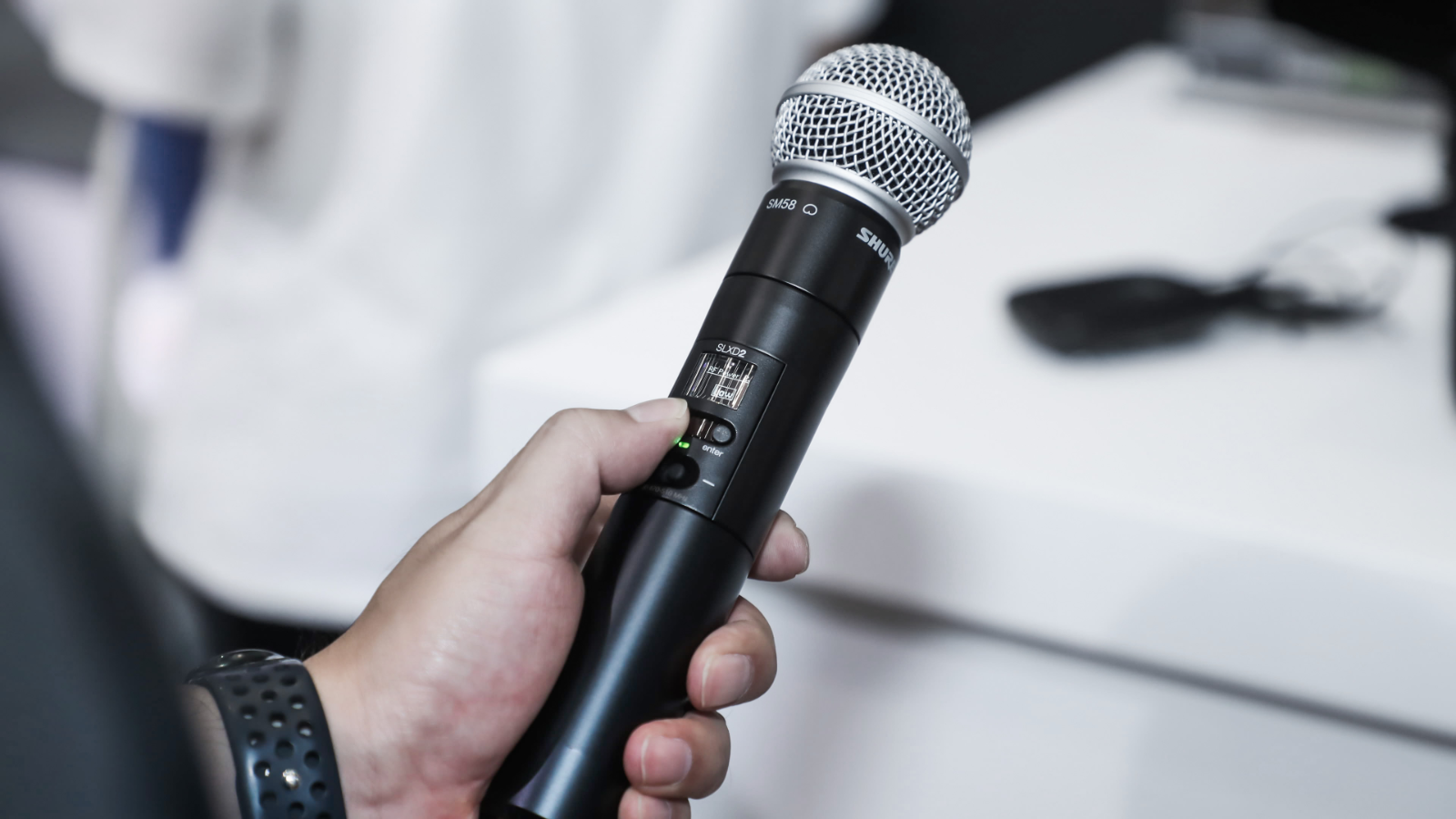In our modern, fast-paced world, wireless technology plays a pivotal role in facilitating seamless communication and entertainment. Among these innovations, wireless microphones stand out for their ability to provide clear audio transmission without the constraints of cables. Whether for professional presentations, live performances, or personal use, optimizing your wireless microphone setup is crucial for achieving the best sound quality and reliability. This guide delves into practical strategies to enhance the performance of your wireless microphone system.
Select the Right System
Assess Your Needs and Environment
The first step in optimizing your wireless microphone setup is to choose a system that aligns with your specific requirements. Consider the venue size, type of event, and the number of speakers or performers. Different settings may demand distinct systems—for instance, a small conference room versus an expansive outdoor concert will have varied acoustic and connectivity challenges. Additionally, evaluate the system’s compatibility with existing equipment and its scalability to accommodate future needs.
Frequency Selection and Regulation Compliance
The frequency band your wireless system operates on can significantly impact its performance. With the congestion in traditional UHF bands, exploring alternative frequencies like 2.4 GHz or switching to digital systems might offer a clearer path. It’s important to select a frequency band that minimizes interference from other devices and complies with local regulations. Researching and understanding the available spectrum and regulation changes in your area is critical to prevent interference and ensure a stable connection.
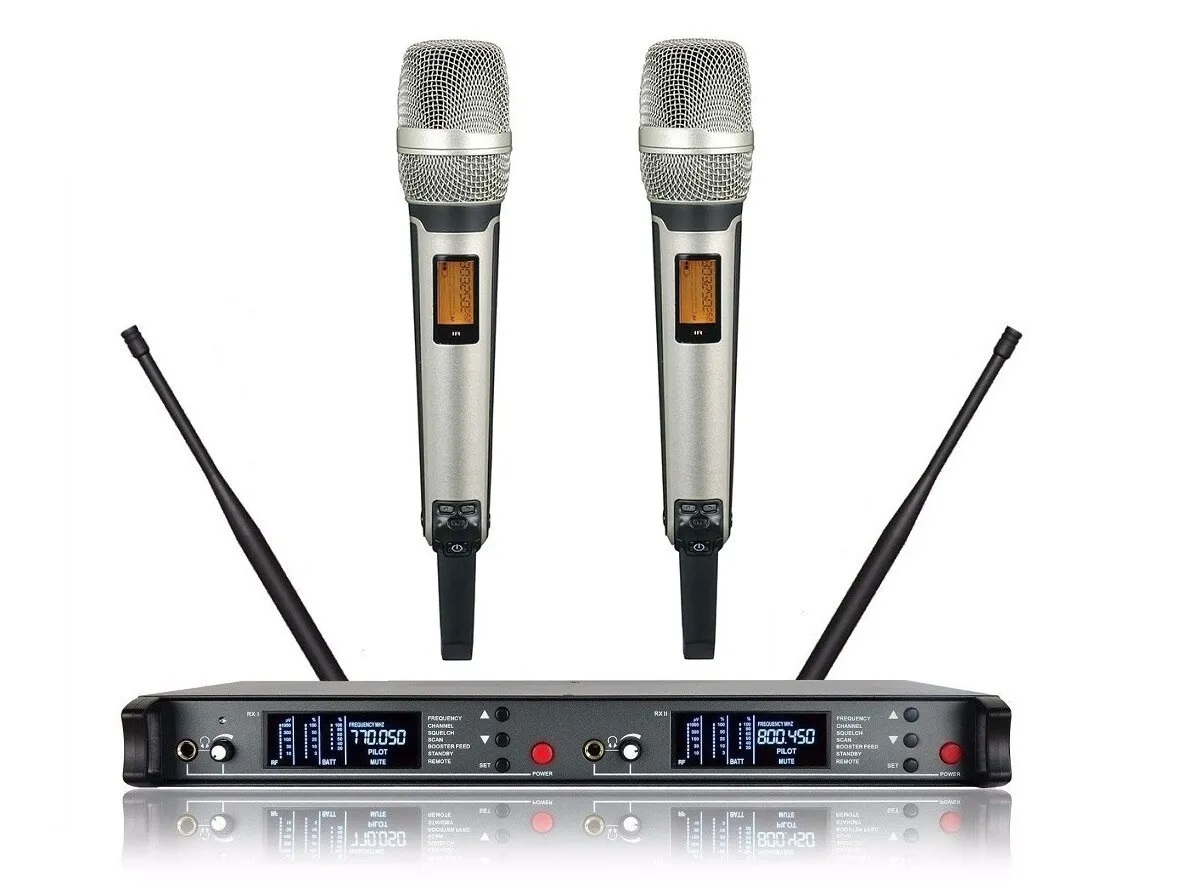
Setup and Sound Check
Strategic Placement of Equipment
Achieving optimal signal reception involves careful planning of the receiver and antennas’ placement. Ensuring a direct line of sight between the transmitter and receiver reduces the risk of signal dropouts. In challenging environments, consider employing antenna distribution systems or boosters to strengthen the signal path. Keep the receiver away from metal objects and electronic devices that could cause interference.
Conduct Comprehensive Sound Checks
A thorough sound check is essential for identifying and fixing potential audio issues before the event begins. Test each microphone individually and within the context of the entire audio setup. Pay attention to gain settings, monitor for any interference, and adjust the equalization to suit the venue’s acoustics. Taking the time to fine-tune your system during a sound check can greatly improve the overall sound quality and prevent feedback or distortion during your event.
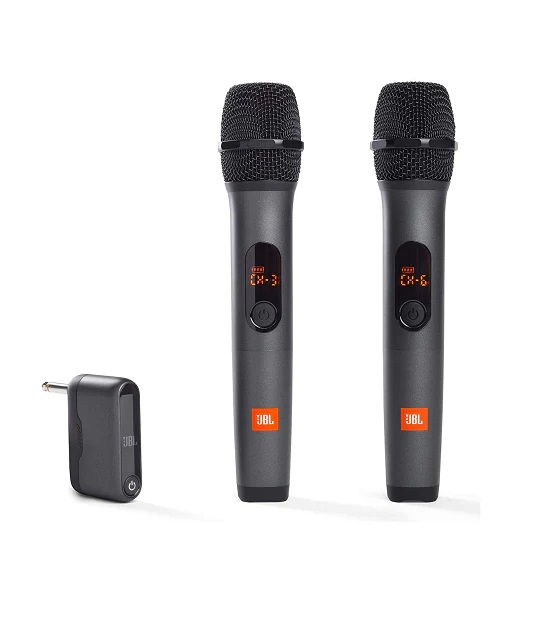
Managing Interference
Know Your RF Environment
Wireless systems are susceptible to interference from various sources, such as other wireless devices, digital broadcasts, and even lighting equipment. Familiarize yourself with the RF environment of the venue by conducting a spectrum analysis to identify potential sources of interference. This knowledge allows you to choose frequencies that are less likely to be disturbed by external signals.
Utilize Backup Frequencies and Advanced Features
Modern wireless microphone systems often come equipped with features designed to mitigate interference. Frequency agility allows for the rapid switching to pre-designated clean frequencies if interference is detected. Additionally, some systems offer automatic frequency scanning and selection to adapt to changing RF environments dynamically. Making use of these capabilities ensures a more reliable and clear transmission during performances or presentations.
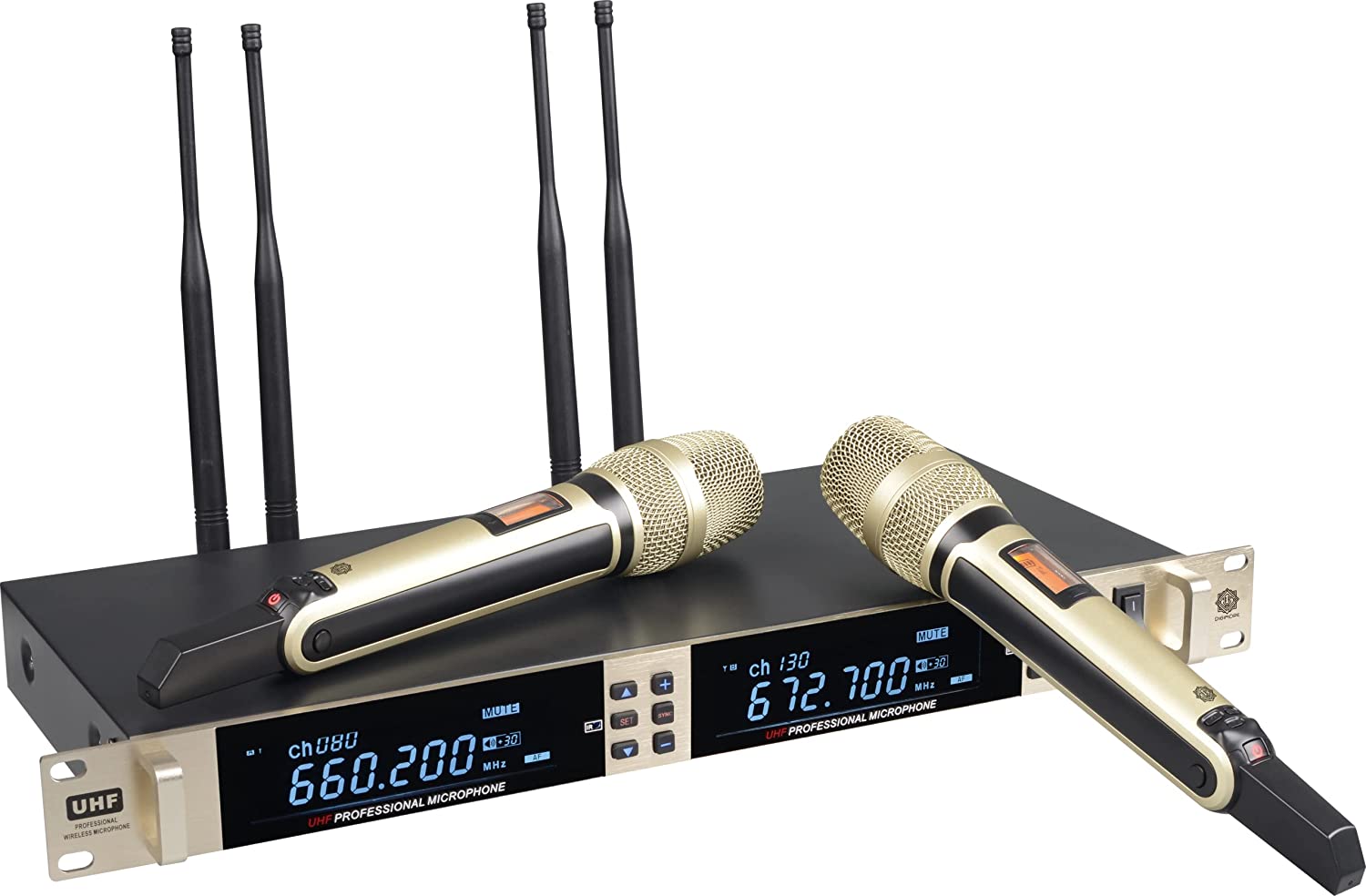
Regular Maintenance and Care
Battery Life and Quality
The operational life of your wireless system greatly depends on battery life. Opt for high-quality rechargeable batteries that offer longer performance and are more environmentally friendly. Implement a routine to check battery levels before every use and maintain a charging schedule. Some wireless systems provide detailed battery health reports, enabling proactive management of battery performance to avoid unexpected power losses.
Firmware Updates and System Check-ups
Manufacturers continuously improve their devices through firmware updates. These updates can enhance the sound quality, increase connectivity stability, and introduce new functionalities. Regularly updating your equipment ensures you benefit from the latest advancements. Additionally, periodic check-ups and maintenance—such as cleaning the microphone grills and checking connectors for wear and tear—extend the lifespan and maintain the performance level of your wireless system.
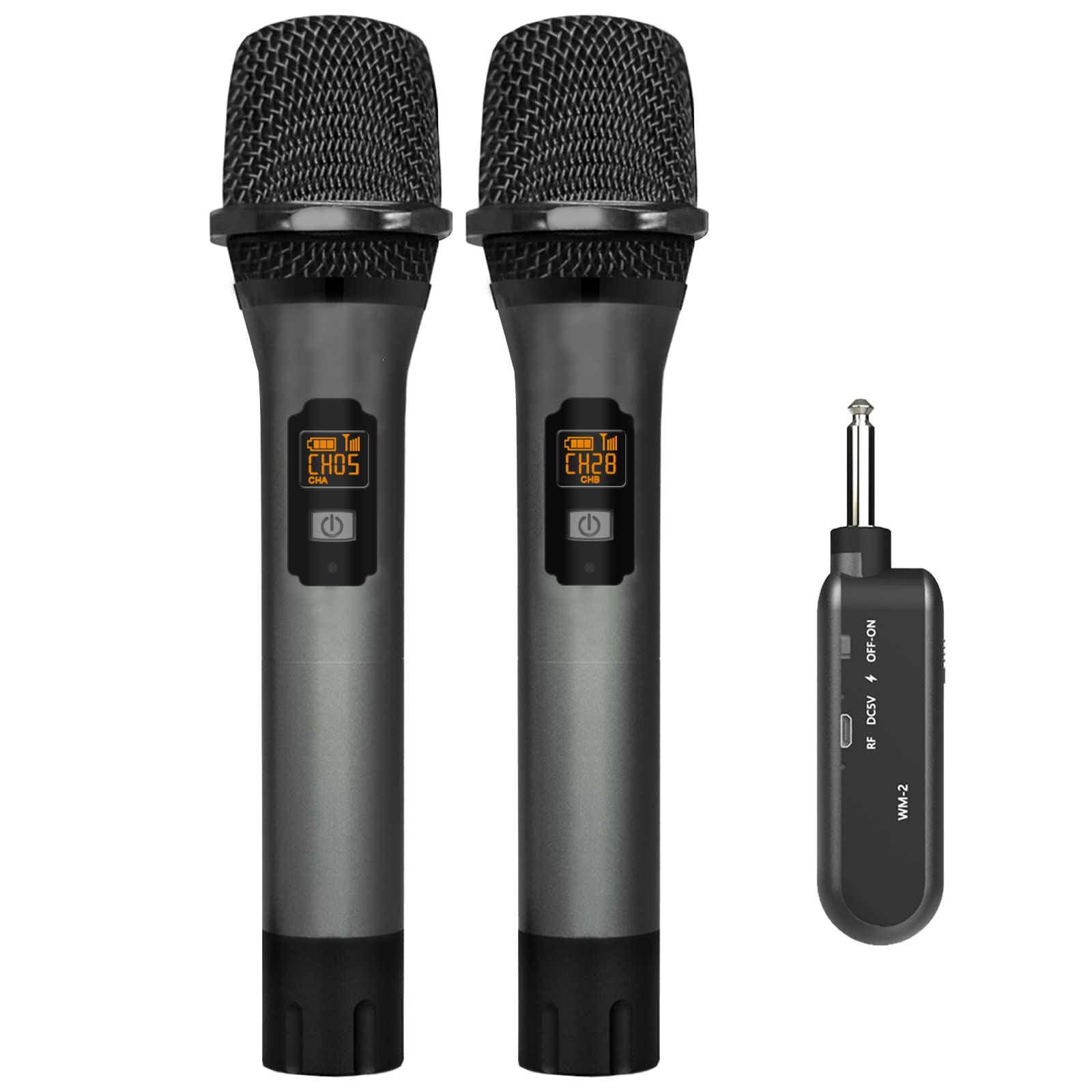
Advanced Configuration Techniques
Fine-tuning Antenna Setup
While a clear line of sight between the transmitter and receiver is crucial, optimizing the antenna setup further refines your signal strength and quality. Using directional antennas can significantly improve reception by focusing the signal path. Employing antenna combiners for multi-microphone setups can also reduce intermodulation distortion and enhance the signal-to-noise ratio. Carefully consider the polarization of the antennas; align them properly to match the polarization of the transmitting antennas for the best reception.
Leveraging Digital Signal Processing
Many high-end wireless microphone systems now come with built-in digital signal processing (DSP) capabilities. DSP can optimize audio quality by reducing noise, compressing dynamic range, and equalizing the sound to suit different voices or instruments. Familiarize yourself with the DSP functions available on your system and adjust them according to the specific application to achieve the ideal audio clarity and quality.
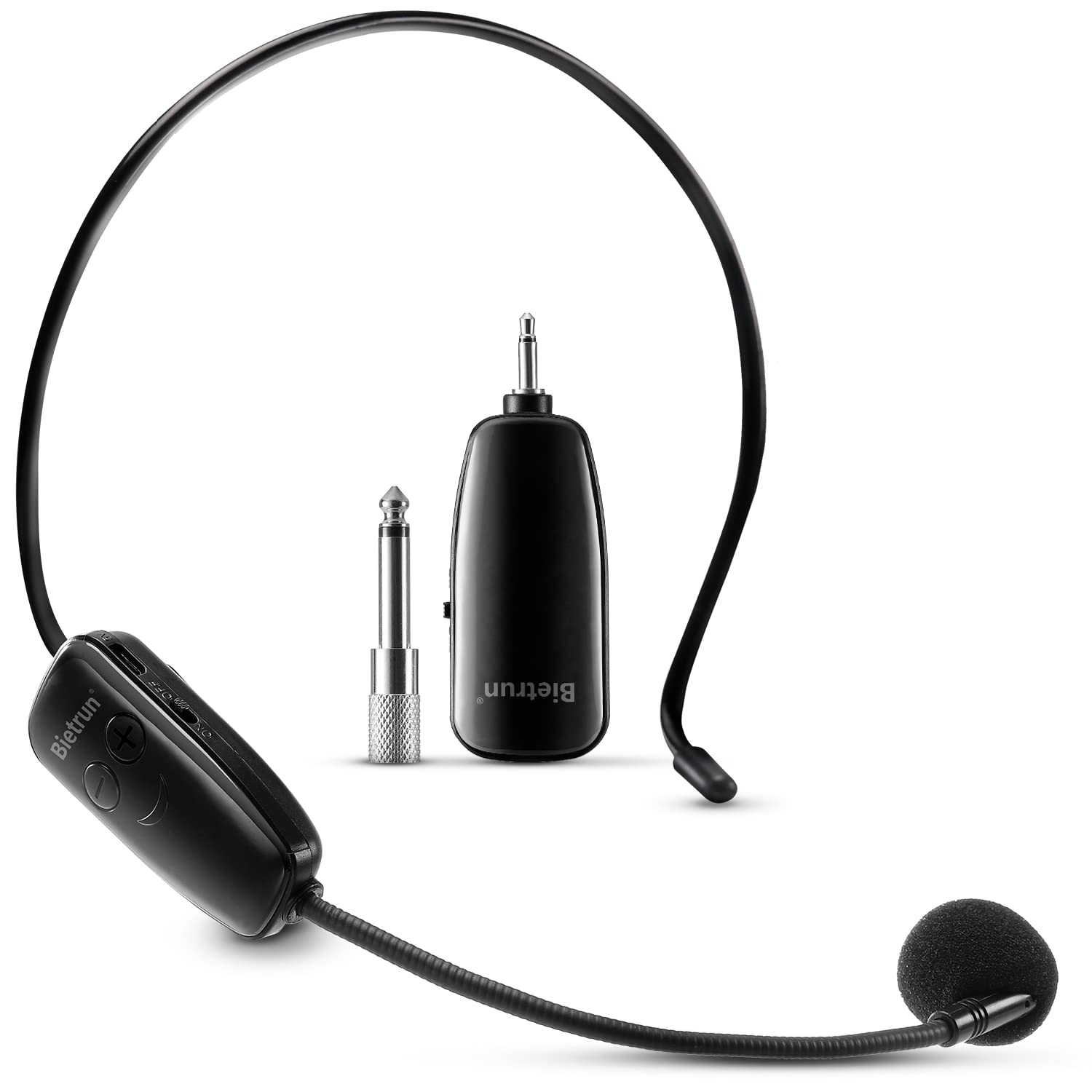
Coordination and Syncing of Multiple Systems
When using several wireless microphones simultaneously, frequency coordination becomes vital to avoid crosstalk and interferences. Tools like frequency coordination software can assist in allocating compatible frequencies for each microphone. Additionally, some systems allow for networked control, making it easy to monitor and adjust multiple receivers and transmitters from a centralized computer or tablet. This can be particularly useful in large-scale or complex setups where quick changes are necessary.
Enhancing Performance with Accessories
Using Professional-Grade Accessories
Investing in high-quality accessories for your wireless microphone system can greatly improve things. Professional-grade cables, stands, and shock mounts can enhance sound quality and reduce handling noise. Specialized cases and protective gear can also safeguard your equipment during transport and reduce wear and tear over time.
Accessorizing for Specific Needs
Different events may require different accessories to optimize performance. For instance, pop filters can be beneficial for vocalists to minimize plosives, while instrument microphones may require clips and mounts tailored to specific instruments. Assess the specific needs of each performance and equip your wireless microphones with the appropriate accessories to enhance their function.
Optimizing your wireless microphone setup is an ongoing process that requires careful selection, setup, and maintenance. By understanding and addressing the specific needs of your environment, managing potential interference, and keeping your system in peak condition, you can ensure that your wireless microphones provide the best possible performance. Whether delivering a speech, singing a song, or facilitating a meeting, clear and reliable sound is paramount, and with these strategies, you can achieve just that.
